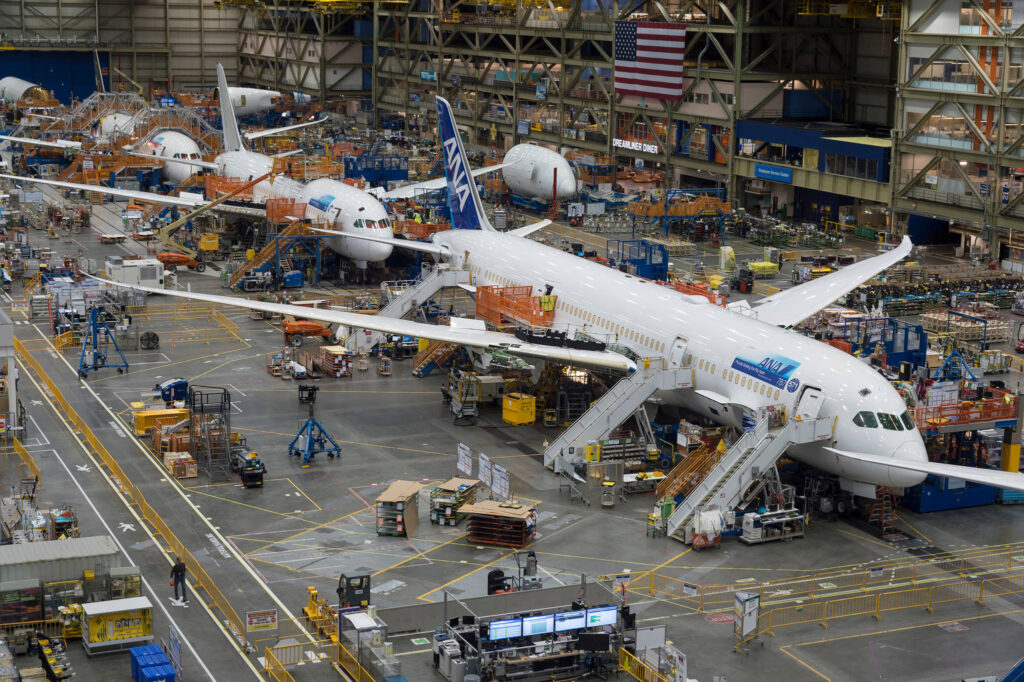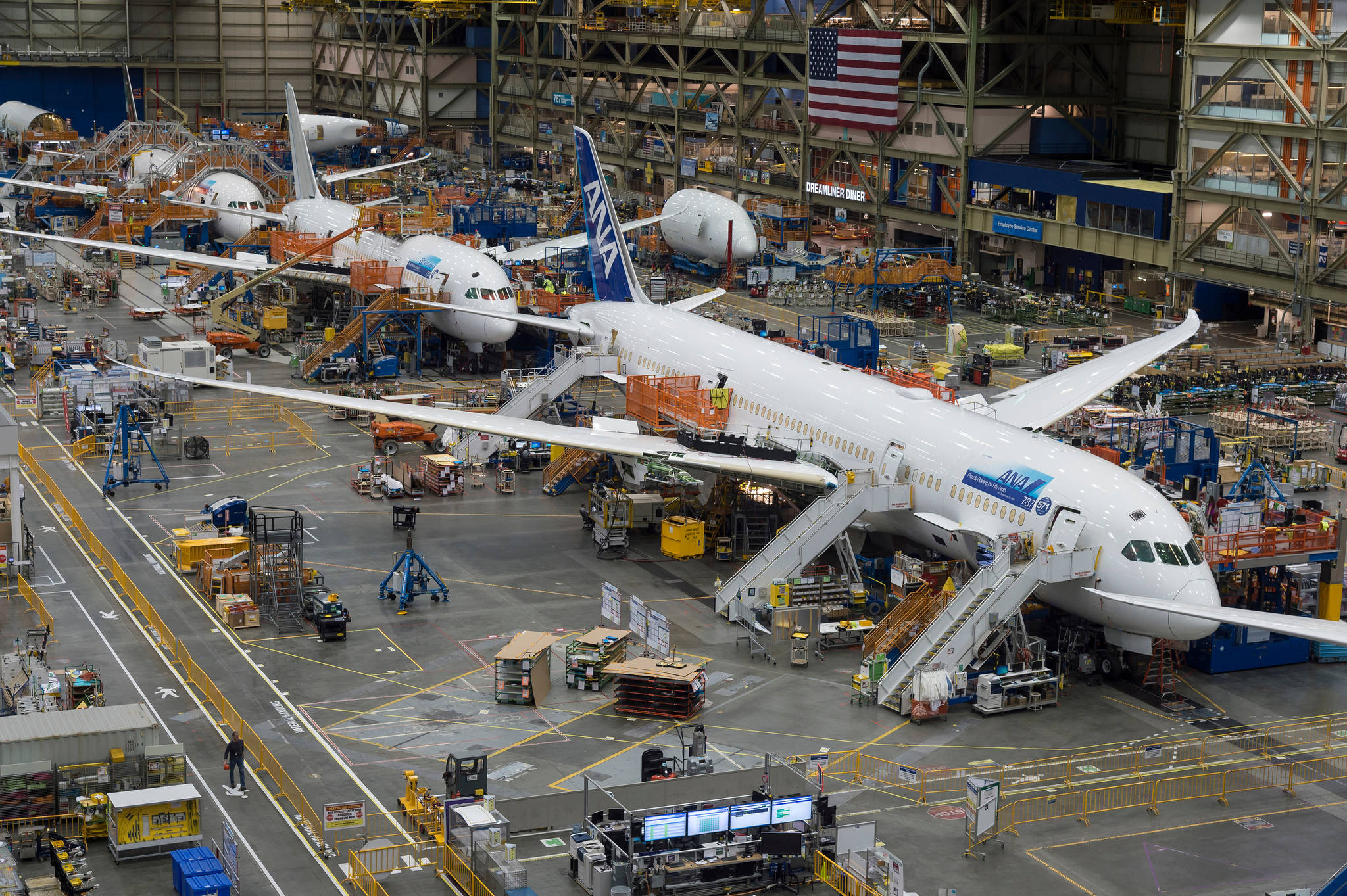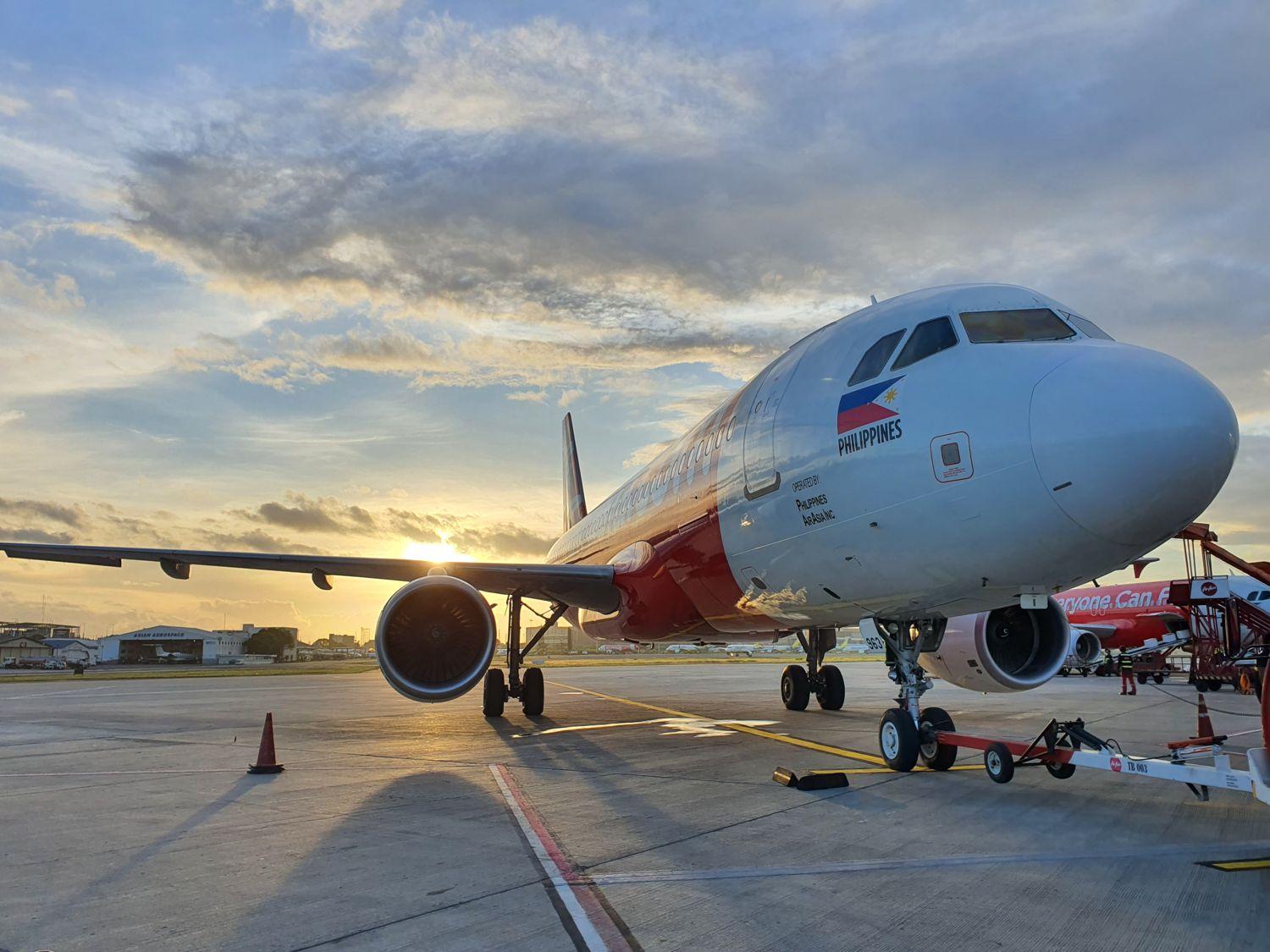
A former Boeing engineer has come forward as a whistleblower, raising serious safety concerns about the manufacturing of the company’s 787 Dreamliner aircraft.
Sam Salehpour, who worked at Boeing for 15 years, alleges that the aerospace giant has been taking shortcuts in the assembly of the 787’s fuselage that could lead to premature fatigue and potential catastrophic failure of the airframe.
Salehpour testified before the U.S. Senate’s Homeland Security and Governmental Affairs subcommittee on Wednesday, stating that tiny gaps “the size of a human hair” were appearing where sections of the Dreamliner’s carbon composite fuselage were being joined together improperly.
“I have analyzed Boeing’s own data to conclude that the company is taking manufacturing shortcuts on the 787 program that may significantly reduce the airplane’s safety and the life cycle,” Salehpour told the Senate panel, according to a report from The New York Times.
He claimed that after raising his concerns internally at Boeing, he faced retaliation from supervisors who ignored the issues and eventually transferred him to a different program.
However, Boeing has strongly denied Salehpour’s allegations, stating the 787 Dreamliner is completely safe. The company said it has conducted “extensive and rigorous testing” on the jet’s airframe, finding no evidence of fatigue cracks.
At a briefing for reporters on Monday, Boeing executives stood by the structural integrity of the 787, noting it was stress-tested far beyond its intended service life without failure.
The Federal Aviation Administration confirmed last week it is investigating Salehpour’s claims about the 787 Dreamliner manufacturing processes.
Senators at the hearing said more whistleblowers have already come forward with similar allegations about safety practices at Boeing. The congressional investigations into the company’s safety culture and manufacturing oversight are ongoing.
The whistleblower case adds to growing scrutiny of Boeing’s operations following the recent mid-cabin door blowout on a 737 MAX aircraft and the broader fallout from the model’s two fatal crashes in 2018 and 2019.























Leave a comment